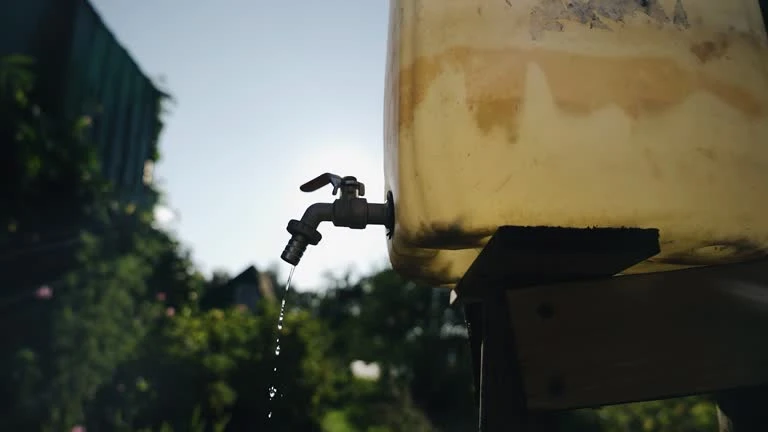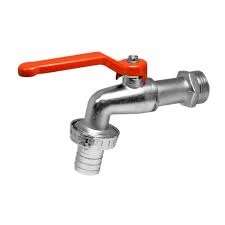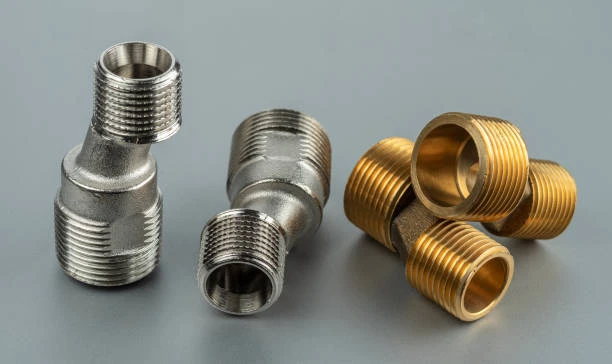In Southeast Portland, where winters can dip below freezing, outdoor water faucets are at high risk of freezing and bursting if not properly cared for. As temperatures drop, many homeowners forget to turn off their outdoor water faucets at night, leaving them vulnerable to the harsh winter cold. A frozen faucet can cause severe damage to both the faucet itself and the pipes connected to it, potentially leading to expensive repairs and water damage in your home.
This article explores why it’s crucial to turn off your outdoor water faucets at night, how to prevent them from freezing, and what you can do to protect your plumbing during the colder months in Portland. Whether you’re a homeowner or renter, it’s essential to understand the importance of protecting your outdoor faucets to avoid unnecessary hassles during winter.
Why Outdoor Water Faucets Freeze
Outdoor water faucets, or spigots, are particularly vulnerable to freezing during the winter months because they are exposed to the outside elements. When the temperature drops below 32°F (0°C), water inside the faucet or the pipes connected to it can freeze. As water freezes, it expands, which can create pressure inside the pipe. This pressure may cause the pipe to crack or burst, resulting in a costly plumbing emergency once the ice thaws.
In Southeast Portland, winters can be unpredictable, with periods of both freezing cold and milder temperatures. This can lead to situations where homeowners forget to prepare their faucets, assuming that the temperature will stay above freezing overnight. However, even one cold night can cause significant damage if outdoor water faucets are not properly protected.
Risks of Leaving Outdoor Faucets Turned On Overnight
Leaving your outdoor faucets on overnight during freezing temperatures increases the likelihood of the pipes freezing. Here are some specific risks associated with leaving outdoor faucets running or even turned on partially:
- Pipe Damage: Water expands as it freezes. This expansion can put tremendous pressure on pipes, causing them to burst or crack. When thawing occurs, this leads to water leakage, potentially causing significant water damage to your property.
- Flooding: If a pipe bursts because of freezing, it can lead to flooding. The water could seep into walls or even into your basement, damaging drywall, insulation, and personal belongings.
- Costly Repairs: If pipes or faucets freeze and burst, the cost of repairs can be high. Not only will you need a plumber to fix the burst pipe, but you may also need to address water damage, which could include mold removal, drywall replacement, and flooring repairs.
- Loss of Water Supply: If the faucet or pipe becomes blocked with ice, you may lose access to water in that area of your home. In the worst-case scenario, the problem could be widespread, affecting the entire plumbing system.
Preventing Outdoor Faucets From Freezing in SE Portland
Now that we’ve discussed the risks associated with leaving outdoor faucets turned on overnight, it’s time to talk about how to protect your outdoor faucets and pipes. Implementing a few simple steps can go a long way in preventing the damage caused by frozen faucets.
1. Turn Off Water Supply to Outdoor Faucets
The best way to ensure that outdoor faucets don’t freeze is to turn off the water supply to them. Most homes have a shutoff valve inside, typically in the basement or crawl space, that controls the water supply to outdoor faucets. By turning off this valve and then opening the faucet, any remaining water in the pipes will drain out.

How to do it:
- Locate the shutoff valve for your outdoor faucet inside your home, near the water meter or basement.
- Turn off the valve to cut off the water supply.
- Open the outdoor faucet to let any water inside the pipe drain out.
- Leave the faucet open during the winter to prevent water from collecting inside.
By turning off the water supply, you eliminate the risk of water freezing inside the faucet or pipe, which is one of the most effective ways to prevent damage.
2. Install Outdoor Faucet Covers
Outdoor faucet covers, also known as insulation covers, are an easy and inexpensive solution for protecting your outdoor faucets. These covers are made of insulating material like foam or rubber, which helps prevent the faucet from coming into direct contact with freezing temperatures.
How to do it:
- Purchase faucet covers from your local hardware store.
- Fit the cover over the faucet, ensuring that it’s snugly secured in place. Some covers have straps or Velcro to hold them tightly against the faucet.
- Make sure the cover covers the entire faucet, including the pipe area, to provide maximum protection.
Faucet covers are a quick fix, especially if you’re short on time or resources, and they can help to shield your faucet from the cold overnight.
3. Use Pipe Insulation for Exposed Pipes
Exposed pipes leading to outdoor faucets are especially vulnerable to freezing. To prevent this, use foam pipe insulation or heat tape to keep the pipes warmer. Insulation helps to regulate the temperature of the pipes and prevents them from freezing.
How to do it:
- Wrap foam pipe insulation around any exposed pipes leading to the outdoor faucet.
- Secure the insulation with tape or zip ties to ensure it stays in place.
- For extra protection, consider adding heat tape along the pipe. This can be plugged in to provide a steady source of warmth to prevent freezing.
By insulating the pipes leading to the faucet, you reduce the chances of the water freezing, even if the temperature drops below freezing overnight.
4. Install a Frost-Free Faucet
If you live in a region like Southeast Portland that experiences freezing temperatures every winter, installing a frost-free faucet is a long-term solution. These faucets are designed to prevent freezing by ensuring that the valve is located inside the house, where the temperature is warmer. With a frost-free faucet, the water is shut off inside the house, keeping it above freezing temperatures.
How to do it:
- Hire a professional plumber to install a frost-free faucet.
- The plumber will replace your existing faucet with a frost-free model that features a long stem that extends into the heated area of your home.
Although installing a frost-free faucet requires an investment, it offers a permanent solution that minimizes the chances of freezing and the damage associated with it.
5. Seal Gaps Around the Faucet
Even if your outdoor faucet is protected with covers and insulation, cold air can still penetrate through gaps or cracks around the faucet. To ensure the faucet remains properly insulated, seal any openings in the wall or siding around the faucet.
How to do it:
- Inspect the area around your faucet for gaps or cracks.
- Use weatherproof caulk or spray foam to seal any openings.
- Pay special attention to areas where the pipe enters the wall to prevent drafts from reaching the faucet and pipe.
Sealing gaps will help maintain a warmer environment around your faucet, reducing the risk of freezing.
Conclusion
In Southeast Portland, outdoor faucets are at high risk of freezing during the winter months, especially if they are left turned on overnight. By taking the necessary precautions, such as turning off the water supply, using faucet covers, insulating pipes, and installing a frost-free faucet, you can protect your outdoor faucets and plumbing from the damage caused by freezing.
Prevention is key to avoiding the costly repairs and potential flooding associated with burst pipes. By following these steps, you’ll help ensure that your outdoor water faucets remain functional throughout the winter, no matter how cold it gets.
Frequently Asked Questions (FAQ)
Why should I turn off my outdoor faucet at night in Portland?
Turning off your outdoor faucet at night helps prevent water from freezing inside the faucet and pipes, which could cause the pipes to burst and lead to costly water damage.
Can a faucet cover prevent freezing in extreme cold?
While faucet covers provide excellent insulation, they may not be sufficient during extreme cold weather. It’s best to combine them with other measures, such as turning off the water supply and insulating pipes.
How can I tell if my outdoor faucet is frozen?
If you turn on your outdoor faucet and no water comes out, or only a trickle flows, it’s likely frozen. You may also see ice or frost buildup around the faucet.
Is it necessary to insulate pipes leading to the faucet?
Yes, insulating the pipes leading to the faucet is crucial in preventing freezing. Exposed pipes are highly susceptible to freezing and can burst if not properly insulated.
Can I install a frost-free faucet myself?
Installing a frost-free faucet usually requires a professional plumber, as it involves replacing the existing faucet and rerouting the water valve. It’s best to hire a professional for proper installation.


















